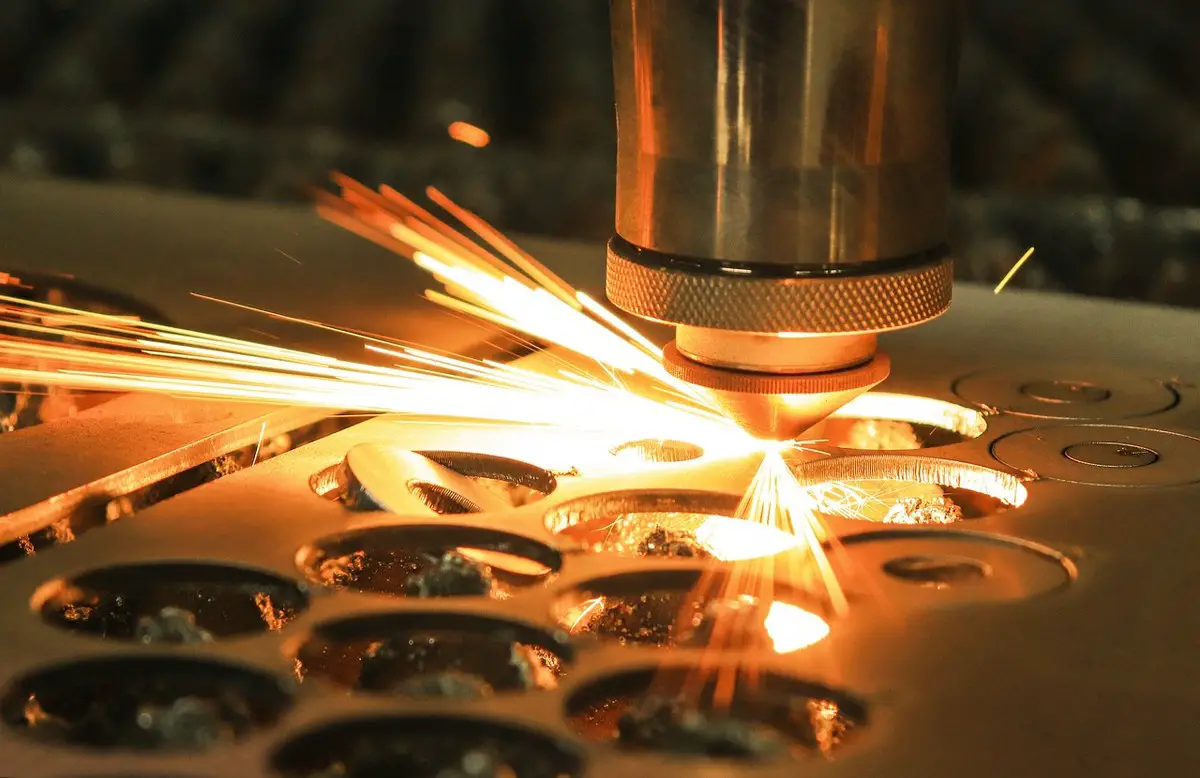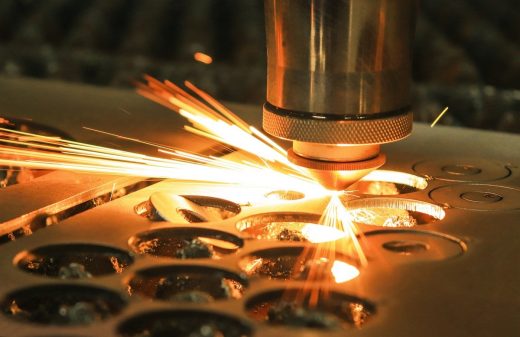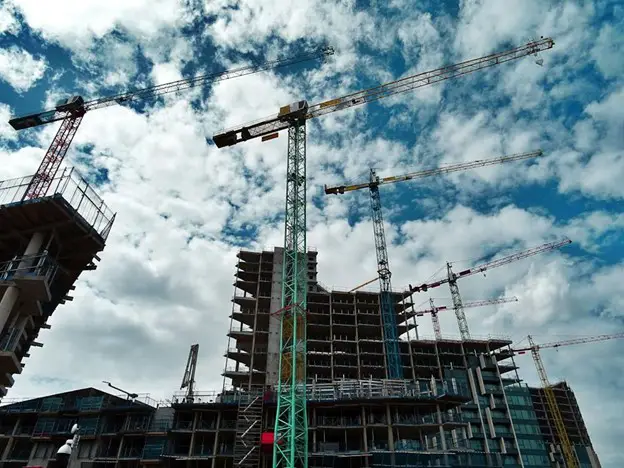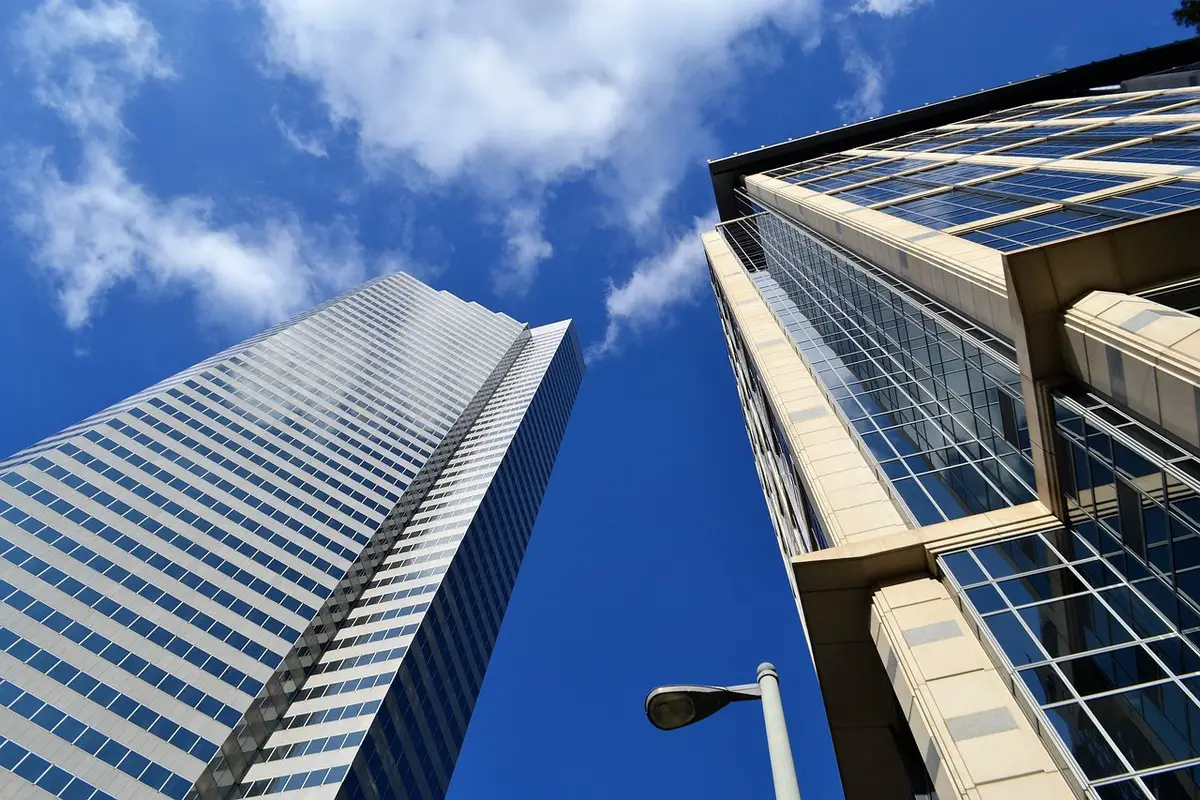Incorporating steel elements in landscape design, Metal fabrication construction, Building laser cutting system technology
Incorporating Steel Elements into Landscape Design
17 May 2024
Introduction
Steel’s growing popularity in landscape design is driven by its strength, durability, and sleek look. Landscape architects embrace their industrial charm alongside natural elements, using their versatility to create unique and functional outdoor spaces that blend form with beauty. From artistic accents to functional features, steel offers a powerful tool to add character, structure, and purpose to any outdoor living area.
Combining Steel with Natural Elements
The juxtaposition of steel’s raw, industrial essence with the warmth and organic textures of natural materials like wood, stone, and lush greenery can create a visually arresting contrast. This interplay of contrasting materials generates depth and intrigue, inviting the eye to explore the landscape’s intricacies. By thoughtfully integrating steel with these natural elements, designers can achieve a harmonious balance that celebrates the beauty of artificial and organic.
Natural materials’ rough, textured surfaces can beautifully offset steel’s inherent smoothness and sleekness. This contrast in textures adds a layer of visual complexity, inviting the viewer to appreciate the interplay between the smooth and the rugged. Additionally, incorporating vibrant hues found in nature, such as the rich greens of foliage or the earthy tones of stone, can create a striking juxtaposition against the cool grays and metallic steel tones, resulting in a visually captivating outdoor space.
While the contrast between steel and natural elements can be striking, true artistry is achieved by achieving a harmonious blend of these contrasting elements. Skilled landscape designers deftly interweave steel components with organic materials, creating a seamless flow that softens the industrial edge of steel while maintaining its bold presence. This fusion of the industrial and the organic results in a cohesive outdoor environment that feels both contemporary and grounded in nature, appealing to a wide range of design sensibilities.
Functional Steel Features
Steel fencing and gates not only serve as functional boundaries and access points, but they can also contribute to the overall aesthetic of a landscape design. Intricate metalwork patterns, sleek geometries, or a combination of steel and wood can transform a simple fence or gate into a stunning focal point. Additionally, steel’s durability ensures that these features will withstand the elements and maintain their structural integrity for years.
Pergolas and shade structures crafted from steel offer a unique blend of industrial chic and functional design. These structures can provide respite from the sun’s rays while simultaneously serving as architectural accents that elevate the overall aesthetic of an outdoor living space. Steel’s strength allows for intricate and daring designs, creating airy, open-air structures that seamlessly integrate with the surrounding landscape.
Incorporating raised garden beds and planters made from steel into landscape design offers both practical and aesthetic benefits. These structures provide a designated space for cultivating plants and vegetables and introduce linear and geometric elements that complement the overall design. Steel’s durability ensures that these features will withstand the elements and maintain their structural integrity, even in harsh weather conditions.
Steel’s heat resistance and low-maintenance properties make it an ideal material for outdoor kitchens and countertops. These functional spaces enhance the practicality of outdoor living and serve as striking design elements. Stainless steel appliances and sleek countertops can be seamlessly integrated with other natural materials, such as wood or stone, creating a cohesive and visually appealing outdoor cooking and dining area.
Decorative Steel Accents
Steel’s strength and malleability make it an excellent medium for creating captivating sculptures and art installations within a landscape design. These artistic elements can serve as focal points, drawing the eye and sparking curiosity while adding depth and interest to the outdoor space. From abstract forms to representational pieces, steel sculptures can infuse a landscape with a unique character and create a sense of discovery for viewers.
Combining steel and water can produce mesmerizing visual effects in landscape design. Steel water features and fountains can range from sleek, minimalist designs to intricate, sculptural pieces that celebrate the interplay of water and steel. The sound of water cascading over steel surfaces adds an auditory dimension to the outdoor experience, creating a soothing atmosphere.
Steel fire pits and fireplaces provide warmth and ambiance and can also serve as striking design elements in outdoor living spaces. The contrast between the raw, industrial steel and the dancing flames creates a captivating visual experience, inviting guests to gather and bask in the warmth and glow. These functional features can be seamlessly integrated into the overall landscape design, serving as focal points or complementing other steel elements.
Steel lighting fixtures and lanterns can elevate the ambiance of an outdoor space while adding practical illumination. These elements range from simple, minimalist designs to intricate, sculptural pieces that cast intricate shadows and patterns across the landscape. Designers can create a warm, inviting atmosphere by strategically placing steel lighting elements throughout the outdoor space while highlighting key features and architectural elements.
Working with Steel in Landscape Design
While incorporating steel elements into landscape design can yield stunning results, working with professionals with the necessary expertise and experience is essential. Skilled landscape designers and contractors like Messer, who utilize advanced laser cutting systems, can guide homeowners through the process, advising on the most suitable steel elements, their placement, and their integration with the overall design concept. They can also ensure that steel features are installed correctly, adhering to safety standards and best practices and that the materials used are of high quality and durability. By leveraging the precision of laser cutting technology, companies like Messer can create intricate and custom steel components tailored to the specific requirements of each landscape design project.
For those with a knack for hands-on projects and a keen eye for design, undertaking DIY steel landscape projects can be rewarding. However, it’s crucial to approach these projects with caution and proper planning. Familiarizing oneself with the necessary tools, safety protocols, and installation techniques is essential. Weight, structural integrity, and weather resistance are also crucial when working with steel outdoors.
Whether working with professionals or embarking on a DIY project, sourcing high-quality steel materials is paramount for ensuring steel elements’ longevity and aesthetic appeal in landscape design. Working with reputable suppliers and manufacturers can guarantee that the steel used meets industry standards and is suitable for outdoor applications. Additionally, considering factors such as thickness, grade, and finish can affect steel features’ overall performance and appearance.
Maintenance and Durability
One of the primary advantages of incorporating steel into landscape design is its inherent resistance to weather and rust. Steel is a durable material that can withstand exposure to the elements, including rain, snow, and intense sunlight, without compromising its structural integrity or aesthetic appeal. This durability ensures that steel features in outdoor spaces will maintain their beauty and functionality for years, minimizing the need for frequent replacement or repairs.
While steel is naturally resistant to weathering, certain protective coatings and finishes can further enhance its longevity and maintain its pristine appearance. Powder coating, for example, provides a durable, long-lasting finish that protects steel from corrosion and UV damage, ensuring that the material retains its vibrant color and smooth surface. Other finishes, such as galvanization or specialized paint coatings, can also be applied to steel elements to enhance their resilience against the elements.
Despite steel’s inherent durability, proper care and cleaning are essential to maintain its aesthetic appeal and longevity. Regular cleaning with mild detergents and soft brushes can remove dirt, grime, and other accumulations that may compromise the material’s appearance. Additionally, promptly addressing any rust spots or scratches through gentle sanding and touch-up coatings can prevent further deterioration and prolong the lifespan of steel features in outdoor spaces.
Design Inspiration and Ideas
Steel’s sleek and industrial aesthetic lends itself beautifully to contemporary and minimalist design styles. Clean lines, geometric shapes, and a monochromatic color palette can create a striking, modern outdoor space that exudes sophistication and simplicity. By incorporating steel elements such as fencing, pergolas, or minimalist sculptures, designers can achieve a cohesive and visually striking minimalist landscape that invites tranquility and contemplation.
On the other end of the design spectrum, steel can seamlessly be incorporated into rustic and industrial-chic landscapes. The juxtaposition of raw, weathered steel with reclaimed wood, exposed brick, and other natural materials creates a captivating contrast that celebrates the beauty of imperfection. Incorporating steel elements such as vintage-inspired lighting fixtures, distressed metal planters, or rustic steel furniture can infuse outdoor spaces with a sense of character and history, appealing to those drawn to the warmth and charm of aged materials. By skillfully combining steel with other industrial-inspired elements and natural textures, designers can craft inviting and visually compelling rustic landscapes that exude a timeless, lived-in allure.
When incorporating steel elements into landscape design, it’s crucial to consider the existing architectural style of the home or building. By thoughtfully blending steel features with the overarching architectural aesthetic, designers can create a cohesive and harmonious outdoor environment that seamlessly transitions from the built structure to the surrounding landscape. For example, in a modern home with clean lines and minimalist elements, incorporating sleek steel fencing, geometric planters, and sculptural water features can create a visually cohesive and stylish outdoor space that complements the architectural style.
Conclusion
Steel is a fantastic addition to outdoor spaces. It’s strong, versatile, and looks great, allowing you to create beautiful and functional areas that blend modern style with natural elements. Don’t be afraid to experiment—push the boundaries and explore how steel can make your landscape truly unique, reflecting your taste and creating a perfect harmony between form, function, and natural beauty.
Comments on this guide to Incorporating steel elements in landscape design article are welcome.
Building
Architecture Design Articles
Steel Building Construction
Building Steel
Why steel fabrication is crucial in construction
5 Benefits of Cold-Rolled Steel
Why You Should Build With Steel
Using RSJ Beams for Structural Support
5 reasons to use steel in residential construction
Top uses for cold rolled steel
Modular Construction
Modular Building & Off-site Construction
Modular buildings advantages: off-site construction
Off-site construction benefits
Comments / photos for the Incorporating steel elements in landscape design construction page welcome








